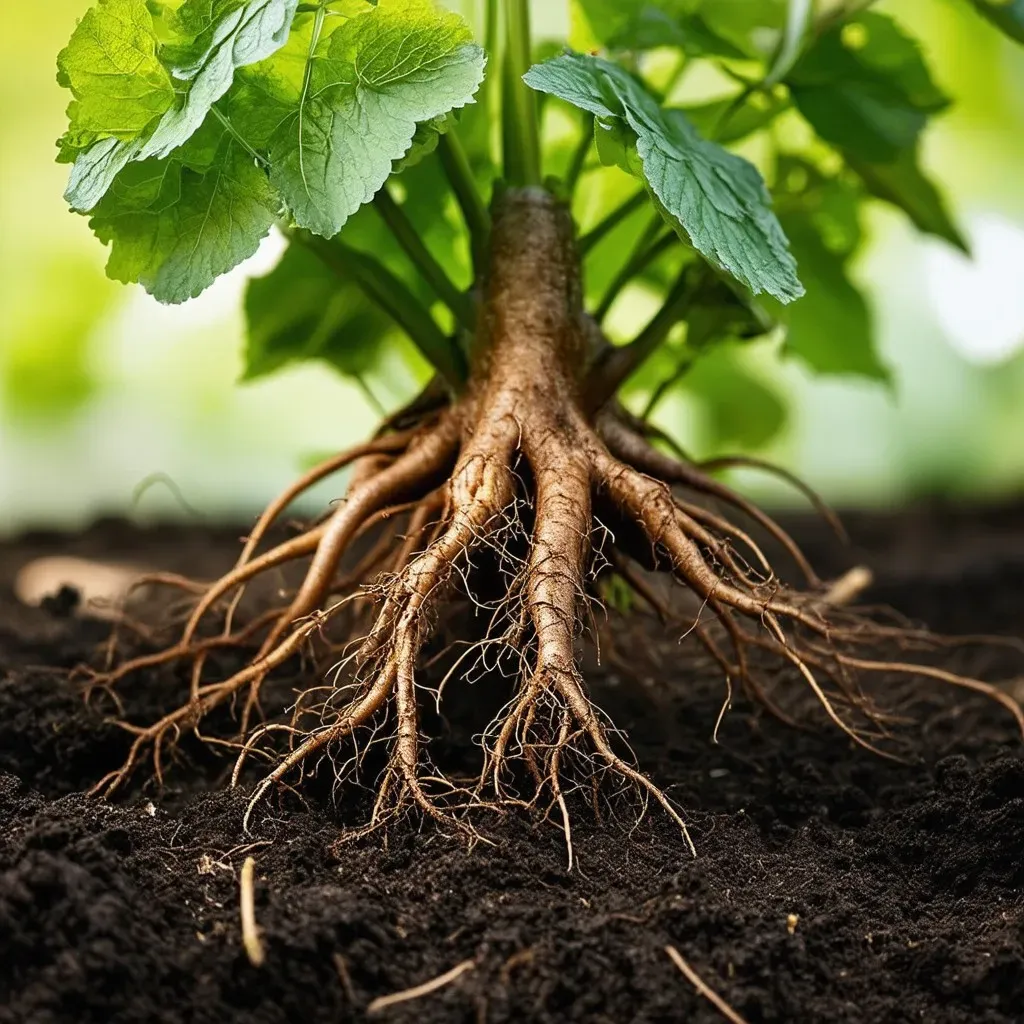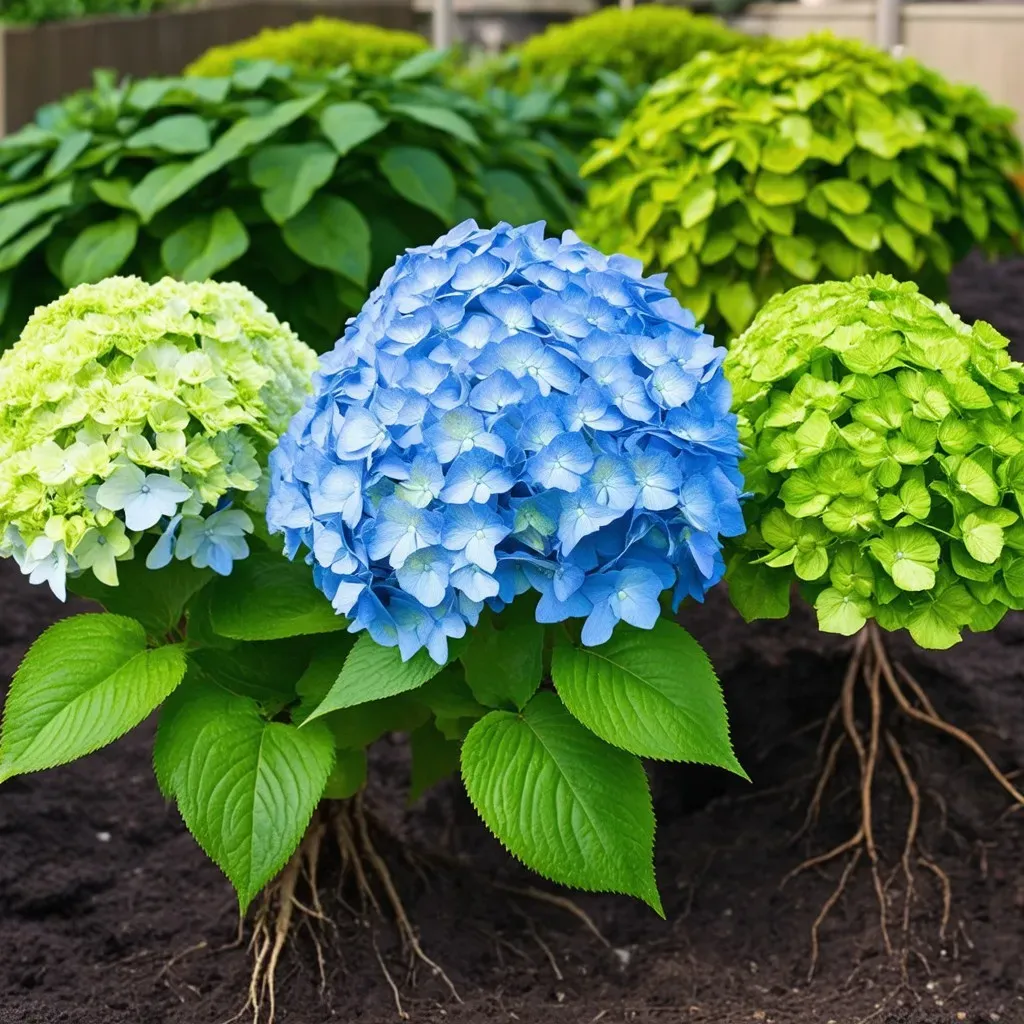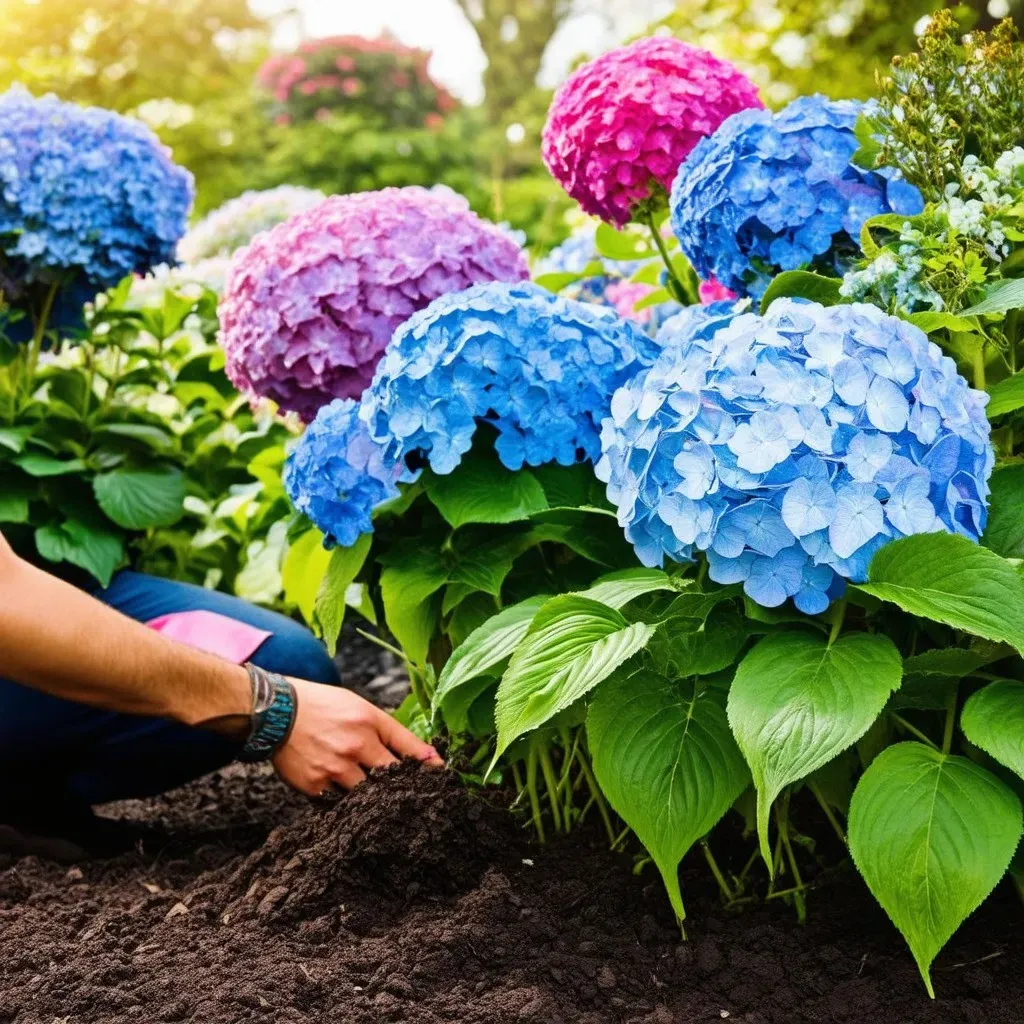hydrangea roots are generally shallow, extending from 12 to 18 inches beneath the soil surface, but they can also spread horizontally, reaching distances of up to 3 to 10 feet from the base of the plant. Understanding the root system of hydrangeas is essential for proper planting, watering, and general care, ensuring your hydrangeas thrive and bloom beautifully.
The Anatomy of Hydrangea Roots
Hydrangea roots consist mainly of fibrous roots which are shallow and spread laterally. The roots serve as anchors for the plant, absorb water and nutrients, and store sugars. Here’s a breakdown of the major characteristics of hydrangea roots:
| Characteristic | Description |
|---|---|
| Depth | Generally shallow; 12 to 24 inches deep |
| Horizontal Spread | 3 to 10 feet from the main plant |
| Root System Type | Fibrous roots, predominantly shallow |
| Majority of Roots | Concentrated within the top 12 inches of soil |
| Water Absorption | Shallow, requiring consistent moisture |

Factors Influencing Root Depth
The depth and spread of hydrangea roots are influenced by several factors:
-
Hydrangea Variety: Different types of hydrangeas (like hydrangea macrophylla or Hydrangea paniculata) have unique root structures leading to variations in depth and spread.
-
Soil Conditions: Well-draining soils aid in root health, while compact or clay-heavy soils may restrict root growth, keeping them shallower.
-
Water Availability: Hydrangeas prefer moist soil, which promotes deeper root growth. In drier conditions, the roots remain closer to the surface.
-
Climatic Conditions: Warmer climates can lead to faster root growth, while extreme cold could slow it down.
-
Age of the Plant: Younger plants tend to develop shallower root systems, while mature plants can grow deeper roots as they search for more nutrients and moisture.
Root Depth Comparison by Variety
Here’s a table illustrating the average root depth across various Hydrangea Types:
| Hydrangea Variety | Average Root Depth |
|---|---|
| Hydrangea macrophylla | 1 to 2 feet |
| Hydrangea paniculata | 2 to 3 feet |
| Hydrangea arborescens | 1 to 3 feet |
| Hydrangea quercifolia | 1.5 to 2.5 feet |

Best Practices for Planting Hydrangeas
To ensure you plant hydrangeas effectively, consider these best practices regarding their root systems:
-
Site Selection: Choose a location that provides partial shade, as direct sunlight can stress the roots. Ideally, look for a spot that will have well-draining soil.
-
Soil Preparation: Amend soil with organic matter to improve drainage and nutrient availability. Consider testing pH levels, as hydrangeas thrive in slightly acidic conditions.
-
Spacing: Given their tendency to spread horizontally, ensure you space hydrangeas at least 3 to 10 feet apart to reduce competition for nutrients and moisture.
-
Watering: Hydrangeas require consistent moisture, especially during the first few summers. A soaker hose or drip irrigation can help maintain adequate moisture levels.
-
Mulching: Applying a layer of mulch around the base of hydrangeas can help retain moisture and regulate soil temperature while suppressing weed growth.
-
Monitor and Adjust: After planting, closely monitor their growth, adjusting watering or soil amendment practices as needed to ensure healthy development.
Common Problems Associated with Hydrangea Roots
Certain issues can arise if the roots are not properly cared for. Some common problems include:
-
Root Rot: Overwatering or poorly-drained soil can lead to root rot, a serious condition that can kill the plant. Symptoms include wilting, yellowing leaves, and stunted growth.
-
Nutrient Deficiency: Shallow root systems can limit access to deeper soil nutrients. Fertilization adjustments may be necessary to maintain vibrant blooms.
-
Competition: Hydrangeas compete with surrounding plants for water and nutrients. Adequate spacing is essential to prevent such issues.
FAQs About Hydrangea Roots
1. How deep do hydrangea roots generally grow?
Hydrangea roots typically grow between 12 to 24 inches deep, depending on various factors including variety, soil conditions, and water availability.
2. Do hydrangea roots spread horizontally?
Yes, hydrangea roots can spread up to 3 to 10 feet away from the main plant, making them ideal for wide planting arrangements.
3. Can hydrangeas be planted close to my home?
Yes, but it’s essential to consider the spread of their roots. Maintain a sufficient distance from foundations to prevent damage.
4. How can I ensure my hydrangea’s roots are healthy?
Regular watering, proper mulching, and ensuring good soil drainage will help maintain healthy root systems.
5. What should I do if my hydrangea is wilting?
Check for signs of overwatering or poor drainage; adjusting your watering schedule may be necessary to revive your hydrangea.
Conclusion
Understanding how deep hydrangea roots grow and how they spread horizontally is critical for the successful care and cultivation of these beautiful plants. Proper planting practices and care methods will ensure that your hydrangeas remain healthy and vibrant. For more information about Hydrangea Care and planting tips, consult reliable resources like Rooting for Blooms.

By taking the time to appreciate and understand the root system of hydrangeas, you can enhance the beauty of your garden while ensuring your plants grow to their full potential.


